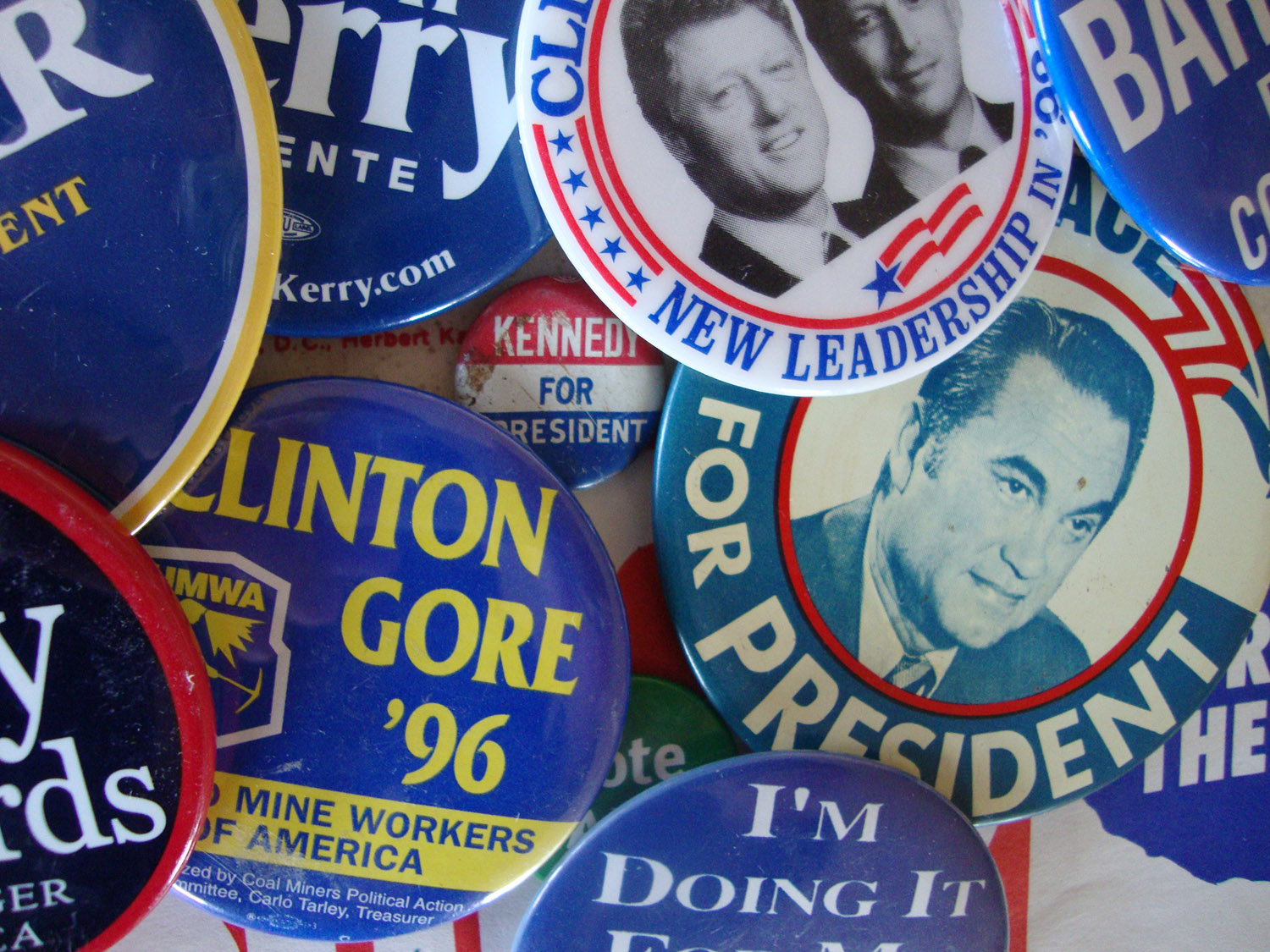Through the political cacophony of the 2016 presidential race, millennials and other Americans alike are once again left deciphering the usual polarized jargon of Washington, D.C. The back-and-forth spewing of two ideologies (liberalism and conservatism) by the two reigning parties unwilling to compromise their own self-interests are set to center on the debate stages. Although a growing number of college students are defining themselves as liberal, many are gravitating toward the so-called nuance in the political spectrum: the “fiscally conservative, yet socially liberal” trend.
To self-identify as one, however, is utterly impossible unless you are to consider its real implications.
First of all, the basic differences between liberalism and conservatism must be established. Liberalism is the belief that the government, particularly the larger, federal government, should have firm control and responsibility in establishing order, civil liberties and equality. The government must also guarantee and provide for these social needs, since they are considered to be basic rights of the people, either financially or through substantial legislation, such as in the case of universal health care.
Conservatism, on the other hand, is the opposite. Conservatives believe that the control of the larger, federal government should be constrained, and the decision-making power should belong primarily to the smaller, state governments. They emphasize personal responsibility and a freer, fiscally conservative economy with lower taxes and deregulated markets. They also believe in a strong military as well as individual freedoms in order to pursue their own needs.
The problem with being both “fiscally conservative yet socially liberal” is evident here.
To be “fiscally conservative” means that one believes in small government, with minimal taxes and low spending and therefore believes the federal government should have a minor role in not only economic policies, but also in overall policies. These fiscally conservative, low-spending policies and low taxes, however, directly affect programs favored by the socially liberal. These include universal healthcare (including state-provided birth control), low-income housing, food stamps, environmental and climate change efforts, education reform, higher minimum wage, unions, etc. Higher government spending is necessary fund for these “socially liberal” programs.
To be “fiscally conservative” is to believe in a more limited government, making it even harder to resolve “socially liberal” issues. This is why gun reform, same-sex marriage and the current issues surrounding police brutality have been heavily disputed. Liberals want the federal government to be more involved in legislating social policies rather than have them be passed by the bureaucracy of the state governments, who are resistant to make widespread changes by both parties because the ideologies together cannot coexist.
The Libertarian is an interesting example of how one might be able to exist on both sides of the political spectrum. They believe in complete, individual freedom, equality, free market and laissez-faire economics. However, this can be misinterpreted by some in a sense that, while you care about the brooding social problems affecting Americans, you do not want to support or fund them.
While the idea of having low government spending while at the same time mending and resolving our social issues sounds like the best of both worlds, it is counterintuitive. Maybe we, the millennial generation, should consider not being party-affiliated and instead turn to other alternatives in reforming certain socially liberal programs and come together to combat the issues that matter and move forward as one united body of people .



